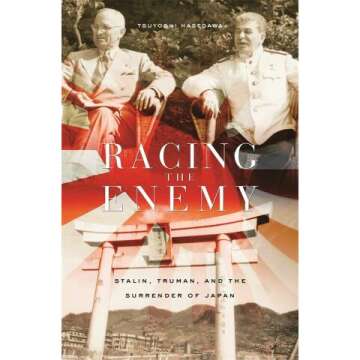The Significance of the Ottoman Azov Garrison Surrender
The year 1696 marked a crucial turning point in the power dynamics of Eastern Europe, especially involving the Russian Empire under Tsar Peter I. The surrender of the Ottoman Azov Garrison not only symbolized a significant military victory for Russia but also opened up vital trade routes and strategic advantages in the region. This event was pivotal in establishing Russia's naval presence in the Sea of Azov and its push towards becoming a dominant maritime power.
Peter I and His Ambitions
Tsar Peter I, often known as Peter the Great, was determined to modernize Russia and expand its territory. His ambitions led to various military campaigns against the Ottomans. The successful siege and subsequent surrender of the Azov garrison was a testament to his military strategies and commitment to strengthening Russia's position on the Black Sea.
The Siege: A Tactical Masterstroke
The siege of the Azov garrison began in 1695 but faced significant challenges initially due to lack of naval support. However, with the construction of a formidable fleet, Tsar Peter was able to launch a more effective assault. The Ottoman forces, realizing they were outmatched, ultimately surrendered in 1696, marking a major victory for Russia.
The Aftermath of the Surrender
The fall of the Azov garrison not only allowed Russia access to the Sea of Azov but also marked the start of its journey towards becoming a formidable naval power. The surrender had far-reaching consequences, influencing subsequent interactions between Russia and the Ottoman Empire.
Strategic Consequences for Russia
With the surrender, Russia established its first permanent foothold on the southern coast, ensuring better access to trade routes and military positioning. This event was instrumental in Russia's expansion and its ensuing conflicts with the Ottoman Empire while allowing Peter I to further realize his vision of a modernized Russia.
Impact on Ottoman Influence
The surrender of the Azov garrison also marked a decline in Ottoman influence in the region. It served as a wake-up call that the empire needed to strengthen its borders and military, setting the stage for future conflicts between these two powers.
Fun Fact
Interesting Remark about the Azov Surrender
In the aftermath of this surrender, Tsar Peter I didn't just stop at Azov; he envisioned a mighty naval fleet that would lead Russia into a new era of maritime commerce and military prowess, highlighting his transformative vision.
Additional Resources
Recommended Reading on Peter the Great
For those wishing to explore more about this era, consider reading "Peter the Great: His Life and World" which provides insights into the life of Tsar Peter I and the transformative years of his reign.















































































































































































































































































































































































































































































































































































 Continue with Google
Continue with Google